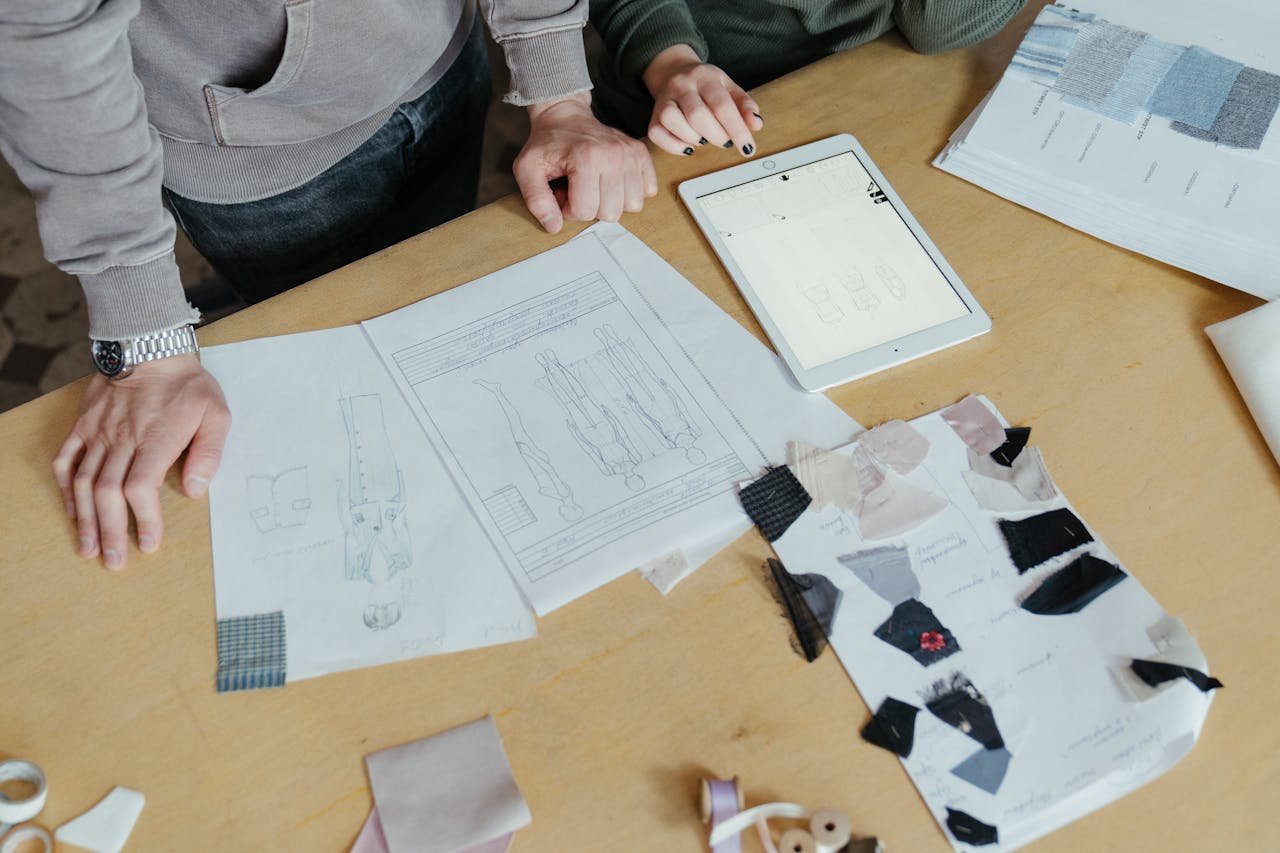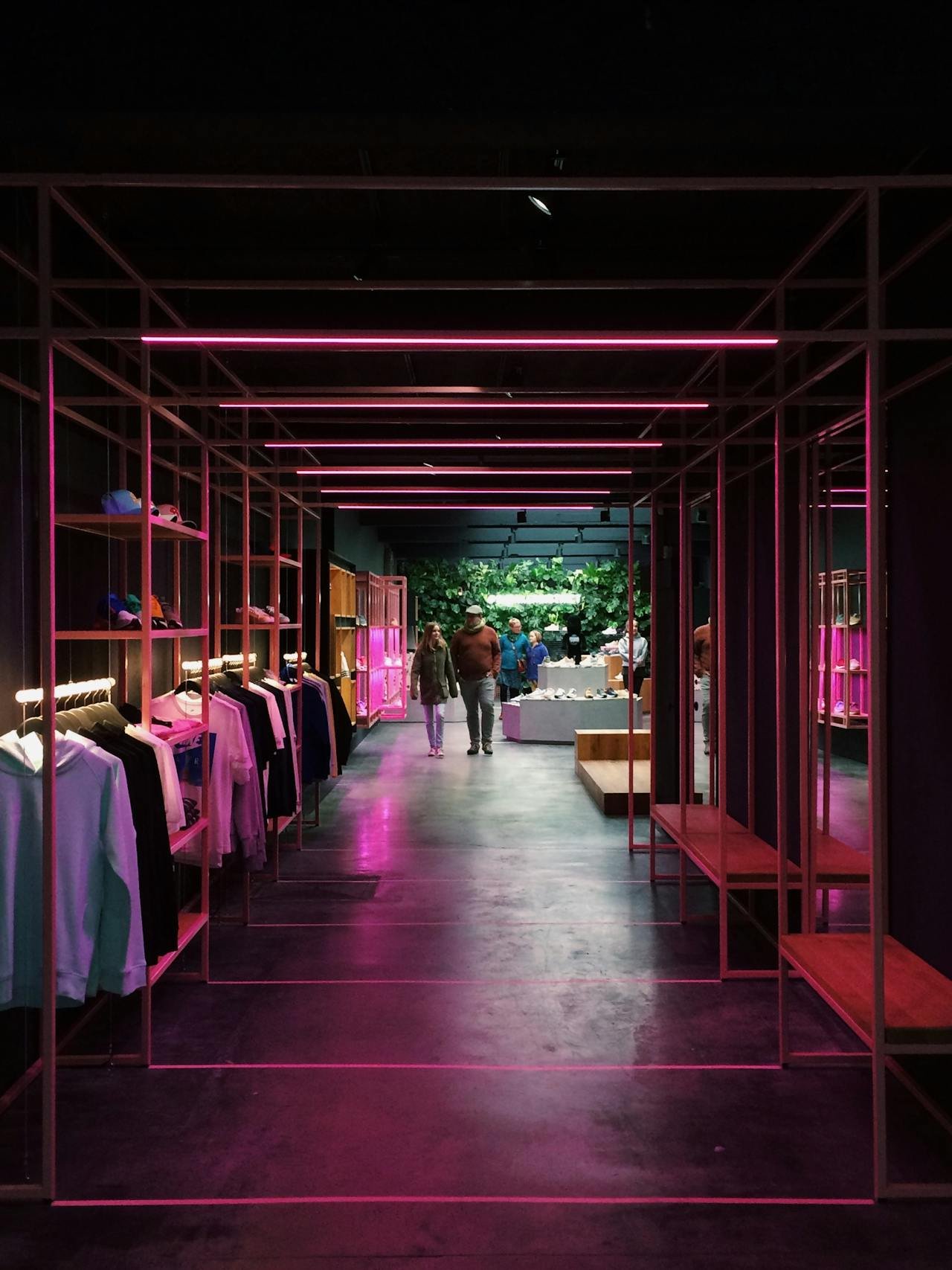Introduction:
Fashion is no longer limited just to seasonal collections that are on catwalks. At its core lies a powerful system of production ensuring garments meet global demand without compromising quality or timelines. China, Bangladesh, Vietnam, India, and Turkey are five of those countries. They are leading this charge until 2025. These nations are central within the global apparel supply chain since they offer to the world apparel, infrastructure, innovation, and also a dependable supply network. Fashion brands rely on these regions to deliver volume along with flexibility. Ethical compliance is important also for brands ranging from luxury to mass-market. In a climate in which speed and responsibility do matter most, these countries redefine leadership in global fashion production. They sway through tradition’s mix, technological advance, and scope without diminishing sustainability or morals.
Scale and smart integration in fashion manufacturing hubs:
China is still the most connected and largest fashion production hub in the world among all players. The country’s infrastructure supports every step of the supply chain, from spinning and dyeing yarn to putting together clothes quickly. Cities like Guangzhou and Suzhou are known for fast fashion manufacturing, which makes a lot of things quickly and without delays. Manufacturers can handle orders of any size thanks to high-end automation, smart warehousing, and AI driven demand forecasting. This gives brands global speed and consistency. Chinese suppliers are not only cheap, but they are also getting better at adapting to change. They are doing this by using green practices and smart logistics to make their part of the global apparel supply chain better.
At the same time, India has made a name for itself as a diverse textile powerhouse. The country is great at both small-scale and large-scale production because it has a lot of experience with materials like cotton, silk, and viscose. India is one of the most flexible fashion manufacturing hubs because it can handle both small runs for high-end collections and large orders. It can help sustainable clothing production grow over time because it strikes a unique balance between handmade quality and machine-led efficiency. India’s role in global sourcing networks has grown even stronger thanks to government incentives, updated textile parks, and digital compliance tools.
Volume efficiency in cost-effective fashion sourcing:
Bangladesh has become the world’s preferred location for producing in high quantity, giving a cost-effective fashion platform. With thousands of garment factories in operation, the nation has the capacity to produce large quantities at prices that are competitive with those of other countries. However, low labour costs aren’t the only factor contributing to this success. Bangladesh has concentrated on improving its operations by making investments in lean production systems, energy-efficient equipment, and certifications that meet international standards. It is one of the best places to find cost effective garment sourcing, drawing in companies that want to keep prices low without sacrificing product quality. International retailers like Zara, Gap, and Primark are still making investments in long-term alliances with Bangladeshi suppliers. Their selection is indicative of the nation’s increasing factory compliance, as many facilities follow ISO, BSCI, and WRAP standards.
Furthermore, Bangladesh is seeing an increase in LEED-certified buildings, which enables purchasers to fulfill sustainability goals without changing their source. The industry’s strength is its ability to handle large order volumes with relatively ease while making steady progress towards a more ethical and transparent manufacturing environment.
Agility and Ethics in Ethical Fashion Supply Partners:
Vietnam is notable for its rapid adaptation and strong ethical credibility. One of the biggest names in performance apparel and activewear, it has emerged as a top option for companies in need of technical clothing made responsibly. Its supply chain is flexible enough to quickly move production lines to accommodate changing product demands. Vietnamese manufacturers have become well-known for their use of clean energy, rigorous adherence to labour laws, and production floors that are digitally optimised.
Vietnam’s emphasis on mid-size batch production—perfect for fashion cycles that change quickly—is one of the country’s distinguishing advantages for sourcing. With companies placing a greater emphasis on sustainability, Vietnam is one of the most dependable ethical fashion supply partners in the world thanks to its dedication to reducing waste, enhancing factory conditions, and putting traceability procedures in place. Its free trade agreements with nations like the EU and Japan, which guarantee low tariffs and speedy customs clearance, further increase its allure.
Speed, Sustainability & Strategic Location in quick-turn fashion production:
Turkey is in a unique position to support brands that require close proximity to European markets and operate on fast cycles. It is essential to quick-turn fashion production because its factories can complete orders in weeks rather than months.
Turkish textile producers are renowned for their superior denim, outerwear, and fitted clothing, frequently utilising sophisticated finishing methods and astute material combinations. The nation is leading the race towards circular production thanks to its investments in sustainable technologies. Solar-powered operations and waterless dyeing techniques are now common in many Turkish units. Turkey is more than just a local supplier for companies like Inditex, Mango, and Esprit; it is a strategic partner that provides dependability and environmental stewardship. Access to the European Union customs network, which facilitates the free flow of goods, is another advantage for the nation. As a result, Turkey serves as both a production base and a crucial logistics centre for the larger garment supply chain ecosystem.
Leading Suppliers and Brand Partnerships in garment supply chain ecosystems:
These five nations all make contributions to an extremely advanced and self-sufficient garment supply chain ecosystem. These systems support end-to-end production workflows and include more than just factories; they also include mills, dye houses, logistics companies, and digital compliance tools. Large clusters function as integrated zones in China, where sampling, cutting, stitching, and finishing all take place within a few kilometres of one another. Within the same complex, Bangladesh’s vertical setups enable smooth transitions from yarn to packaged clothing.
Regional specialisation in Surat’s synthetics, West Bengal’s handloom clusters, and Tiruppur’s knitwear is India’s strength, providing a range of production capacity suited to various market demands. The quick development of industrial parks close to ports in Vietnam guarantees effective container transportation, and online portals enable buyers to keep an eye on production milestones from a distance. In order to better match production with retail demand, Turkey is integrating AI-based demand forecasting and smart warehouses into its textile ecosystem. These developments make these countries crucial links in contemporary supply chains, particularly for businesses looking to combine digital accuracy, flexibility, and sustainability.
Conclusion:
These five countries are delivering on all fronts in a time when the fashion industry is facing mounting pressure to be quicker, cleaner, and more accountable. They give brands scalability, innovation, and resilience in addition to manufacturing. Each of these nations has a distinct but vital role in the global apparel supply chain, whether it is China’s technologically advanced automation, Bangladesh’s high-volume efficiency, Vietnam’s moral advancements, India’s abundance of materials, or Turkey’s speed and strategic reach.
Fashion manufacturing’s future depends on how and by whom clothing is made, in addition to where it is made. Sourcing choices are becoming increasingly strategic due to increased consumer awareness and regulatory scrutiny. In order to succeed in this environment, brands need to partner with producers who share the values of the next generation of consumers. This entails giving ethical fashion supply partners top priority, looking for areas that can produce fast fashion without sacrificing integrity, and making investments in transparent and flexible garment supply chain ecosystems.
As the fashion industry grows, the foundational systems need that too. The sustained leadership of China, Bangladesh, Vietnam, India, and Turkey demonstrates a shared commitment to efficiently, ethically, and sustainably meeting the demands of modern consumers. Their position is not only safe, but it also plays a significant role in deciding how the global apparel supply chain will develop in the future.


